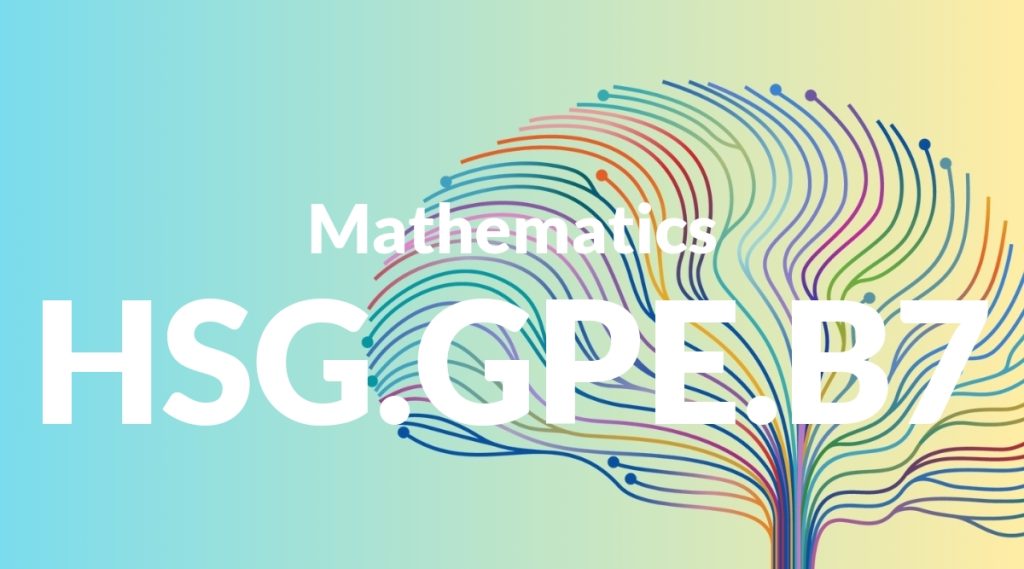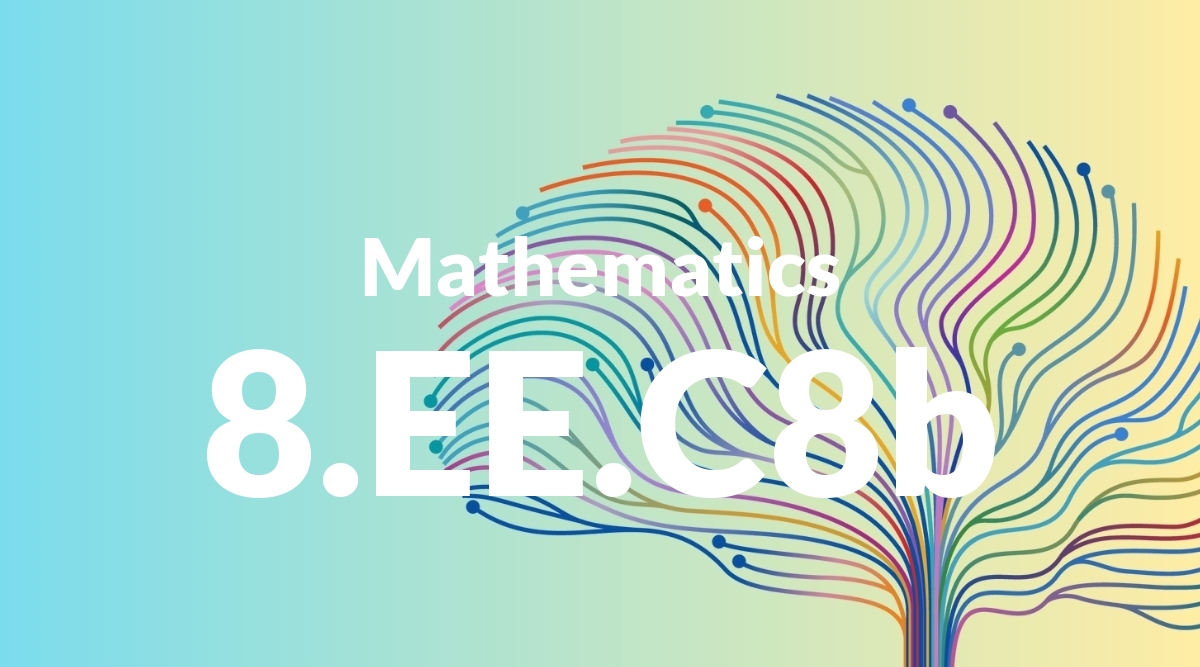Standard: HSG.GPE.B7 – Use coordinates to compute perimeters of polygons and areas of triangles and rectangles, e.g., using the distance formula.*
Grade level: High School: Geometry
Subject: Mathematics
Domain: Expressing Geometric Properties with Equations
Teacher Overview
This standard focuses on using coordinates to compute the perimeters of polygons and the areas of triangles and rectangles. It is crucial for students to understand how algebra and geometry intersect, and this skill is foundational for more advanced topics in both subjects. Students should be comfortable with the coordinate plane, plotting points, and using the distance formula. They should also understand the basic properties of geometric shapes.
Mastering this standard will enable students to tackle more complex geometric problems, including those involving circles and parabolas, and apply these skills to real-world scenarios.
Common Misconception 1
A common misconception is that the distance formula and the midpoint formula are interchangeable. This is incorrect because the distance formula calculates the length between two points, while the midpoint formula finds the center point between them.
Intervention 1
To address this misconception, provide side-by-side comparisons of problems requiring the distance formula and the midpoint formula. Highlight the different steps and outcomes for each formula.
Common Misconception 2
Another misconception is incorrectly applying the distance formula, leading to mistakes in calculating perimeters and areas. This often happens when students skip steps or misunderstand the formula’s components.
Intervention 2
Use guided practice sessions where students solve problems step-by-step with immediate feedback. Visual aids and interactive tools can also help reinforce the correct application of the distance formula.
Prerequisite Knowledge
Students should have a foundational understanding of the coordinate plane, including how to plot points and calculate distances between points using the distance formula. They should also be familiar with basic geometric shapes and their properties.
Subsequent Knowledge
After mastering this standard, students will be able to apply their understanding of coordinates and geometric properties to more complex problems, such as finding the equations of circles and parabolas, and solving real-world problems involving geometric figures.
Instructional Activities
- Plotting and calculating distances between points on a coordinate plane
- Finding the perimeter of polygons using the distance formula
- Calculating the area of triangles and rectangles using coordinates
- Real-world problem-solving activities, such as designing a park layout
- Interactive geometry software exercises




